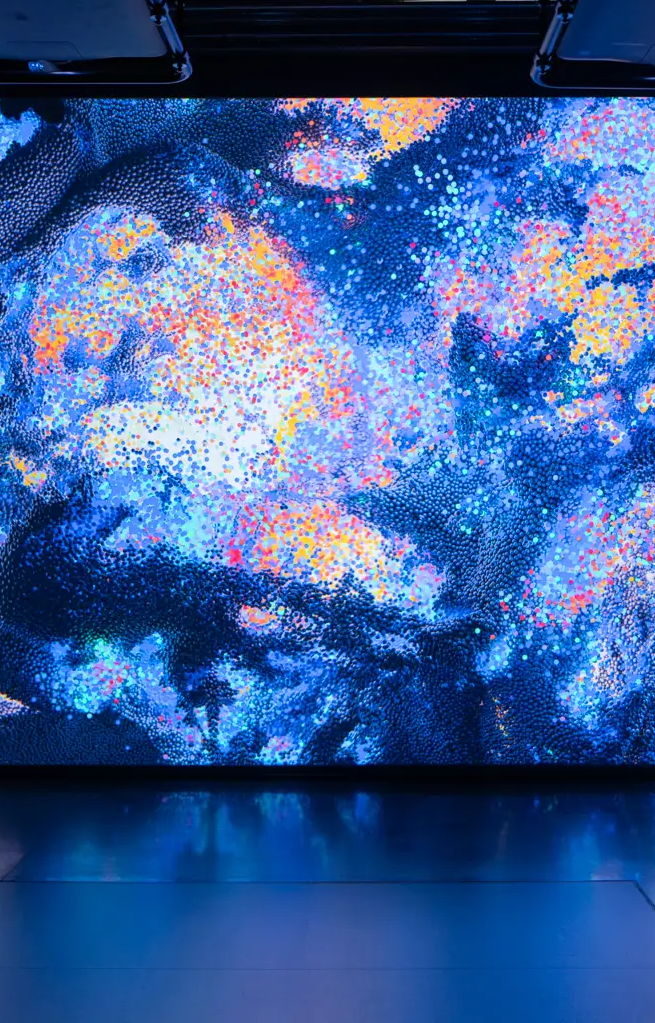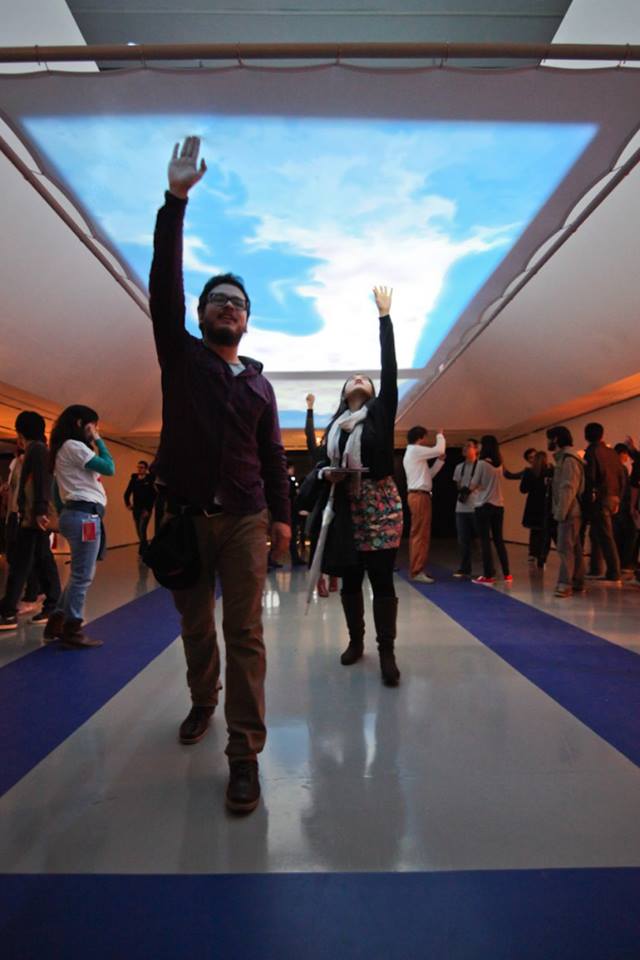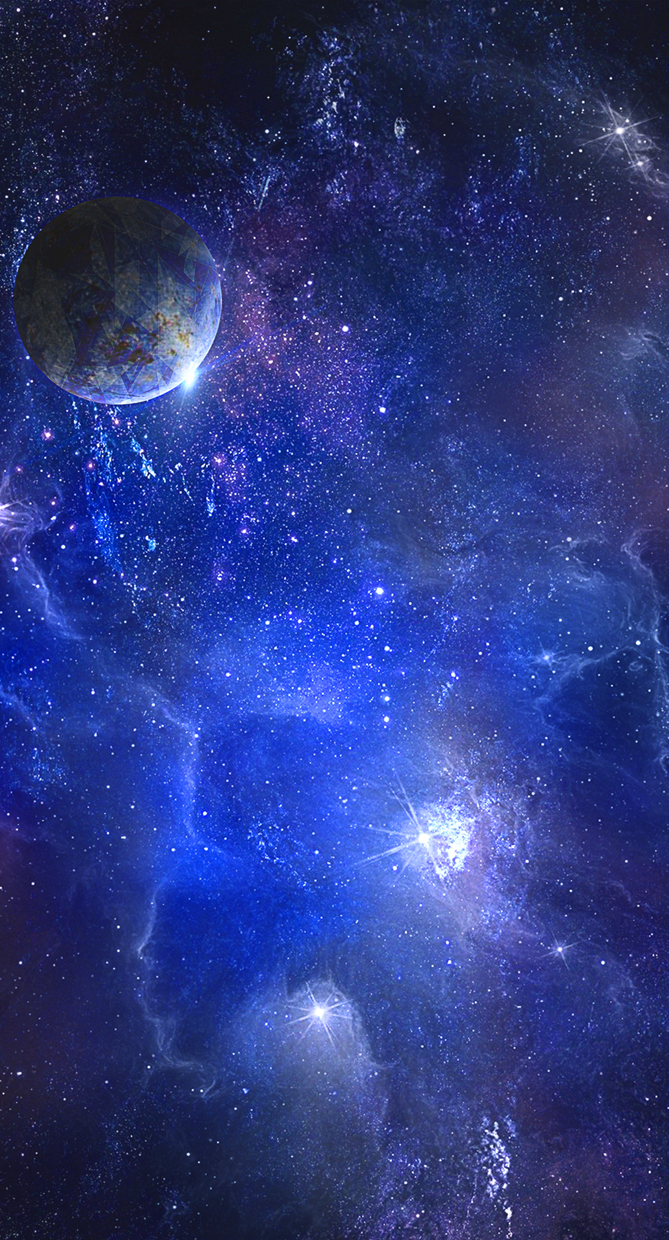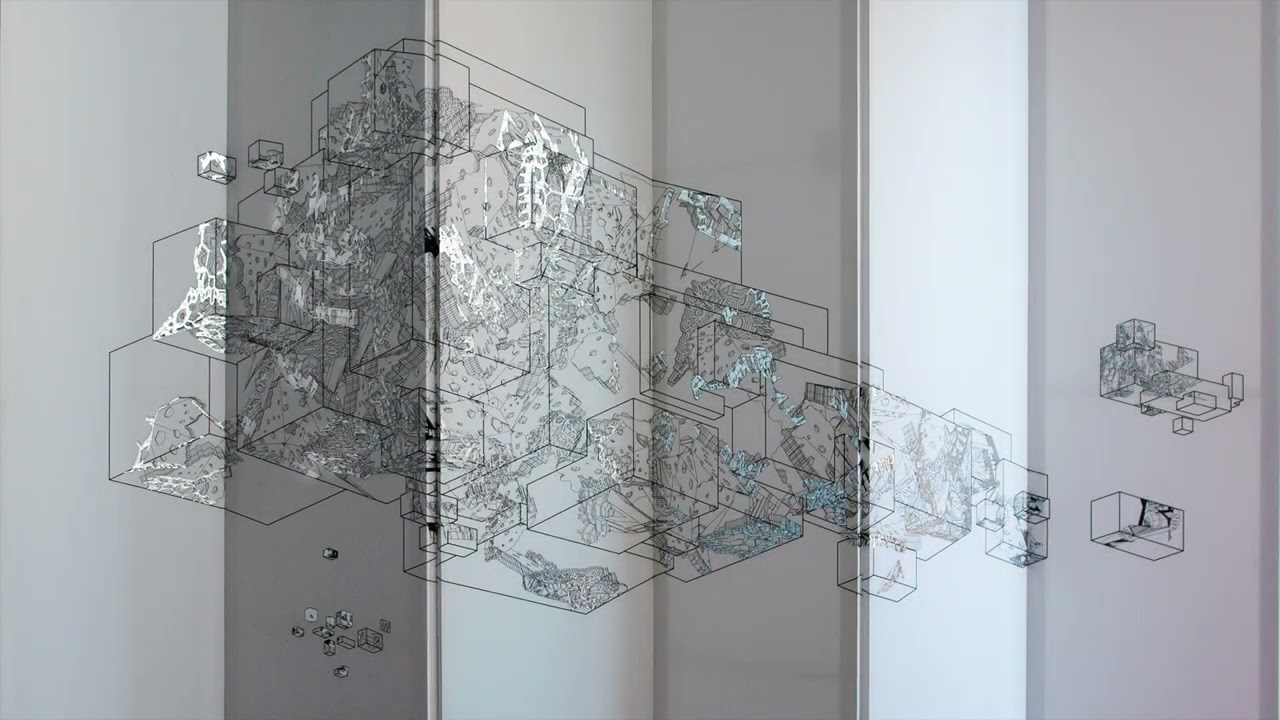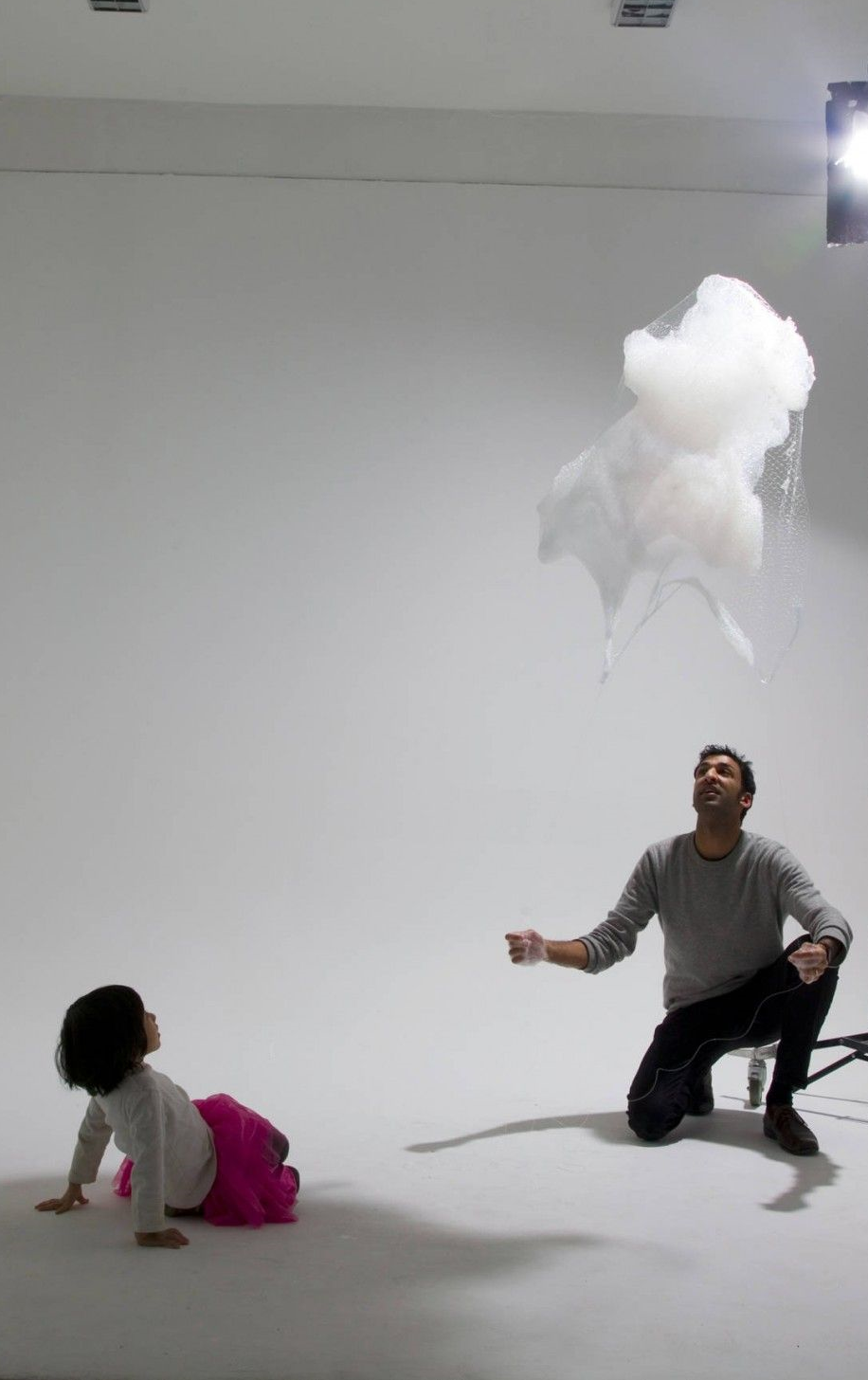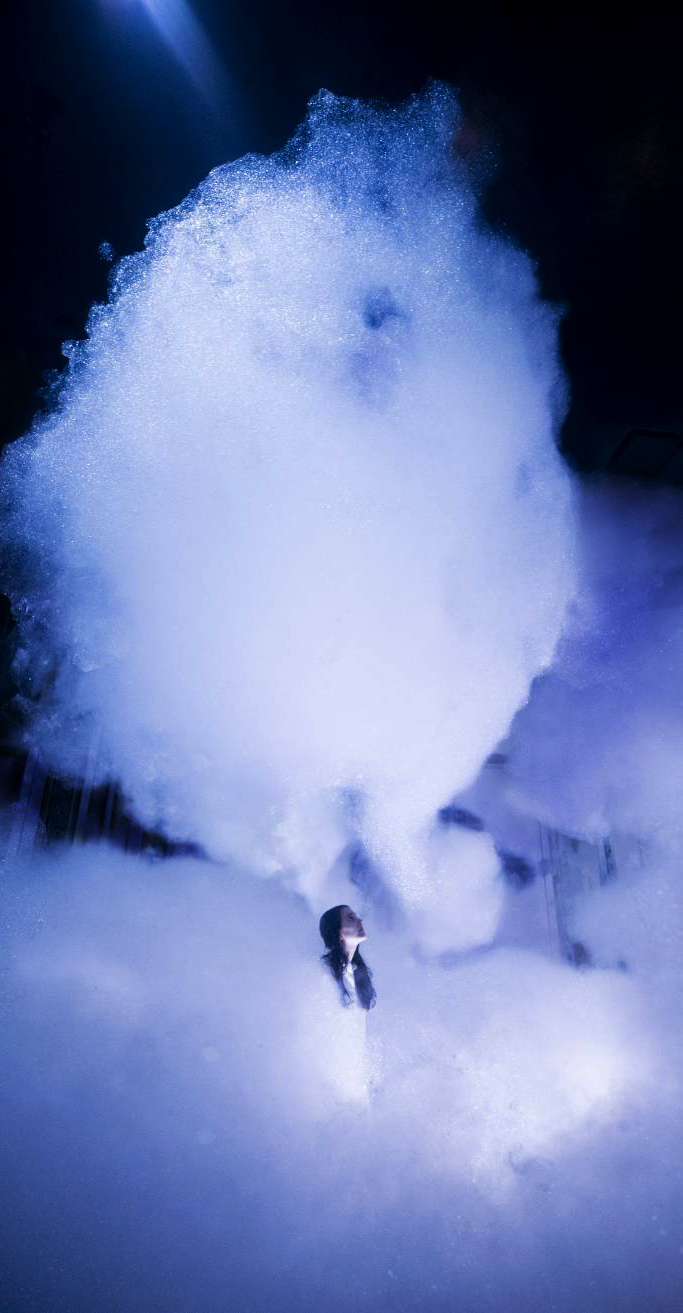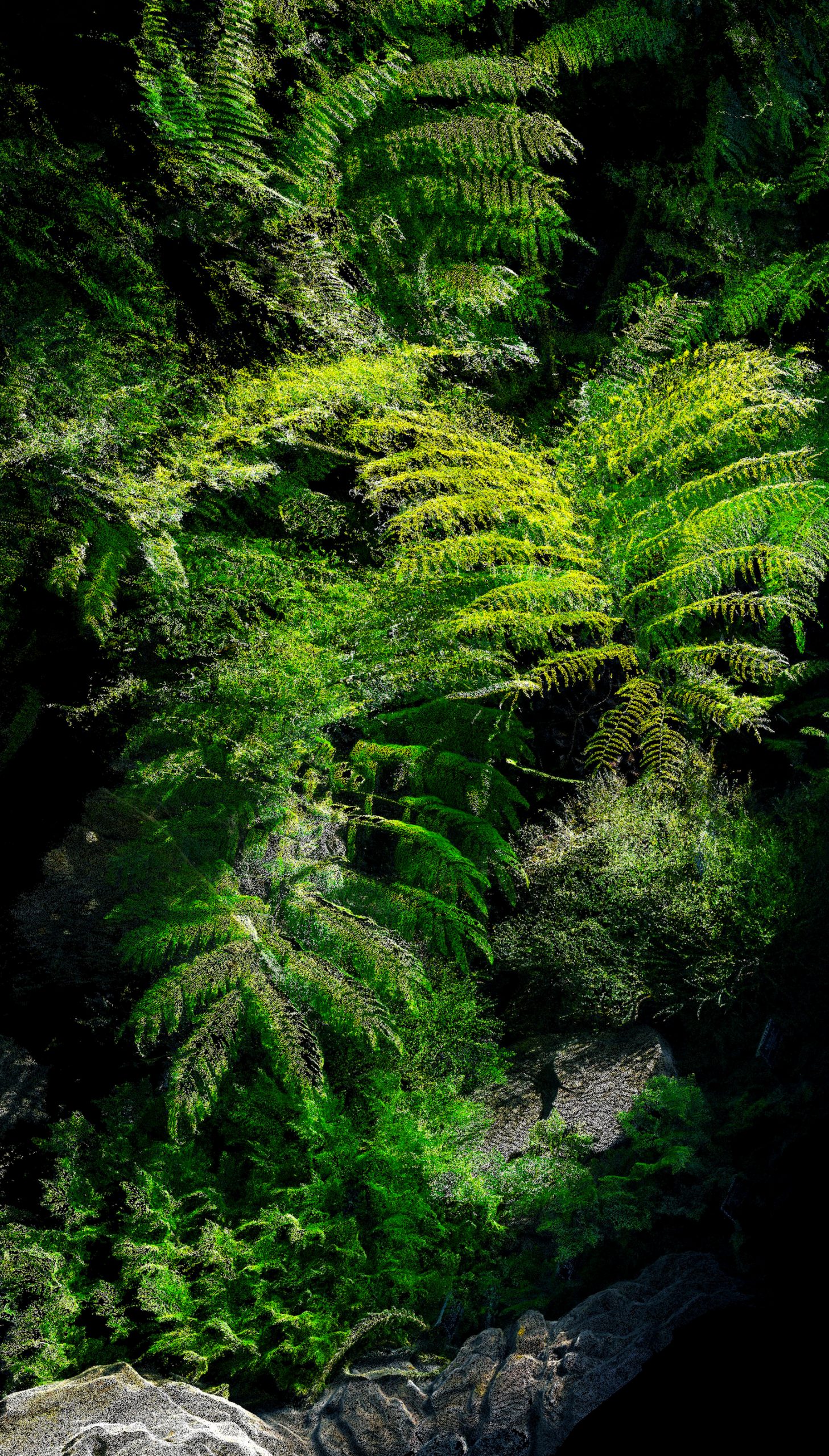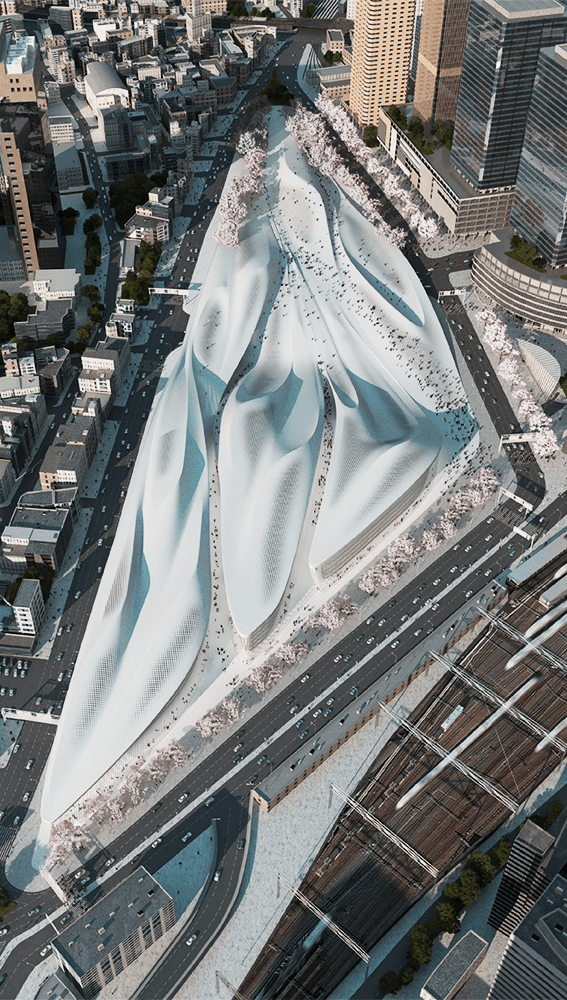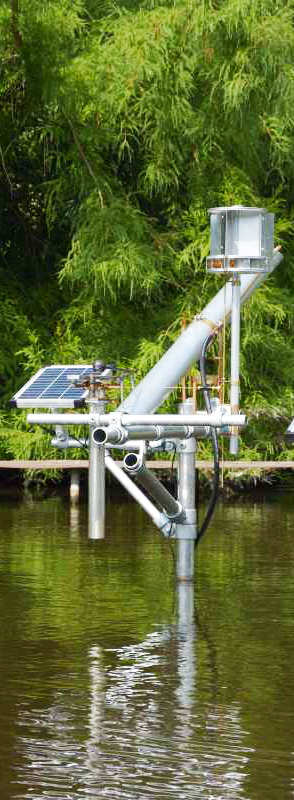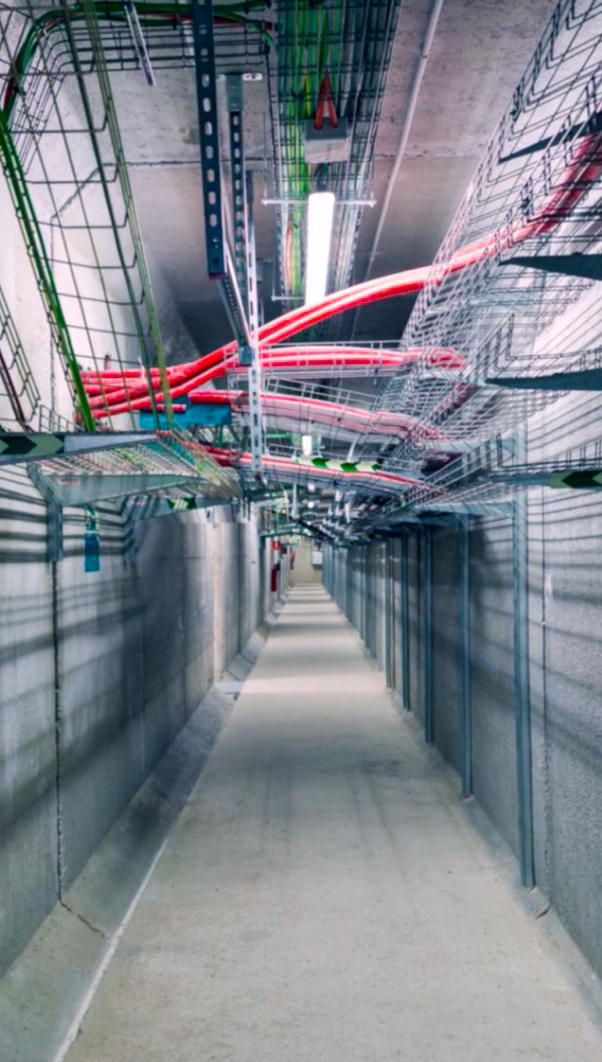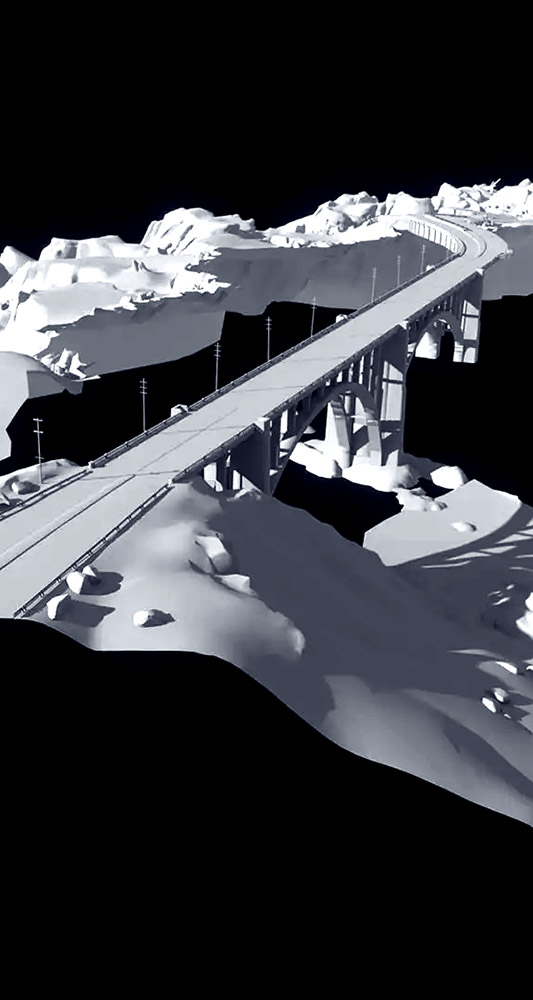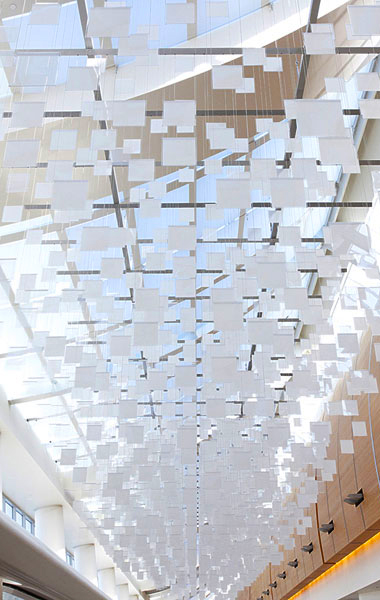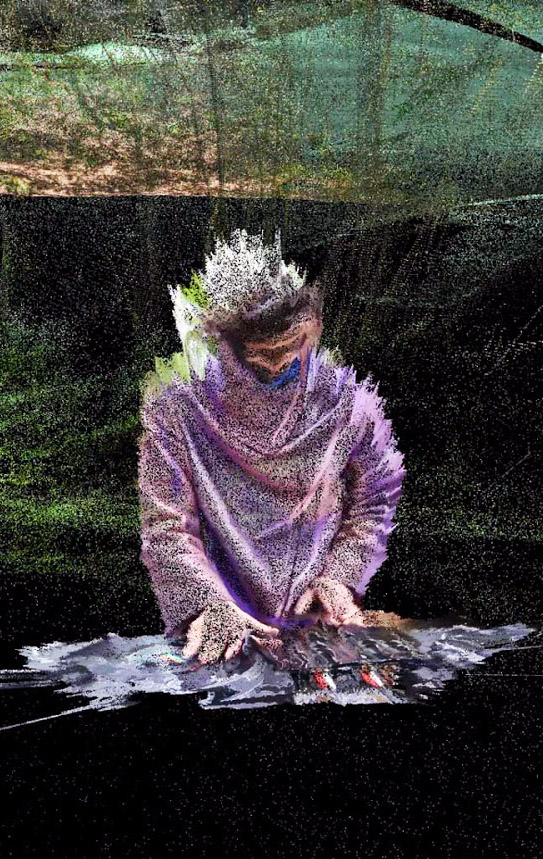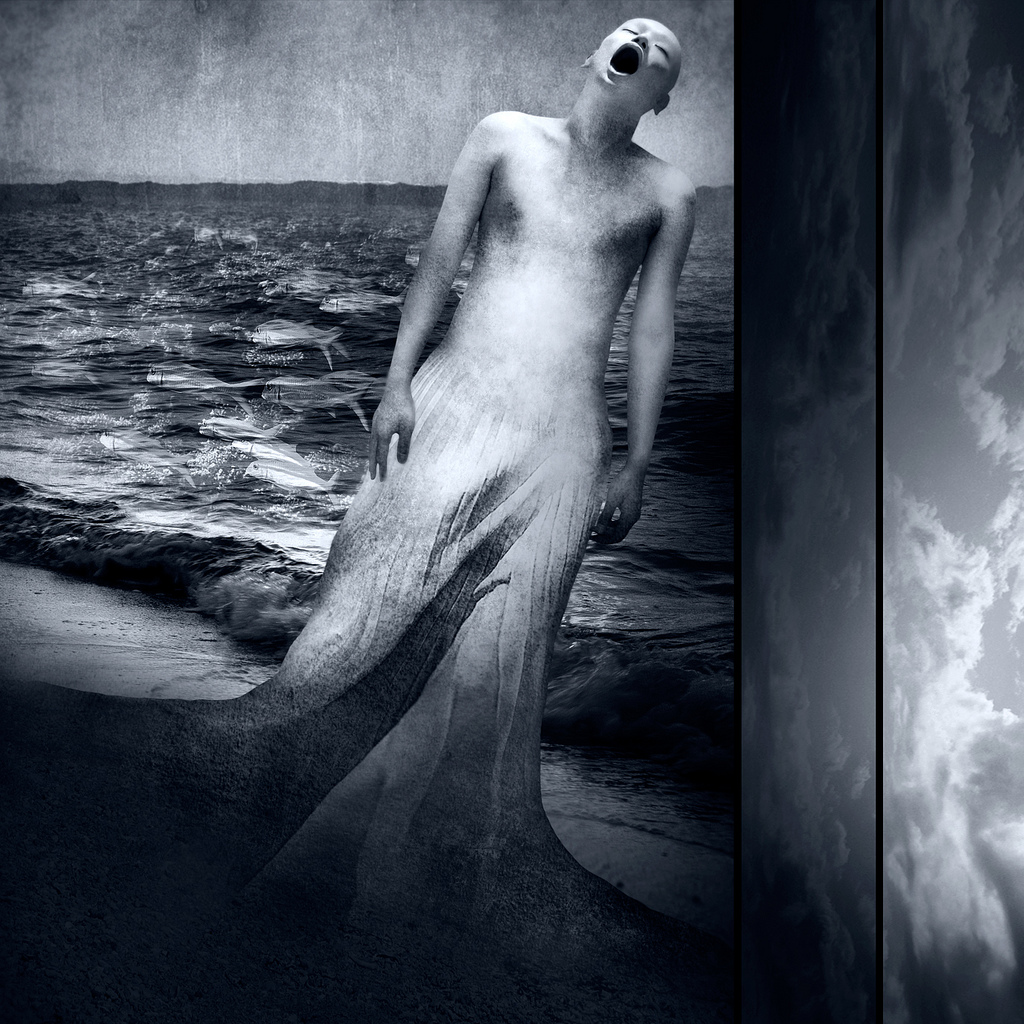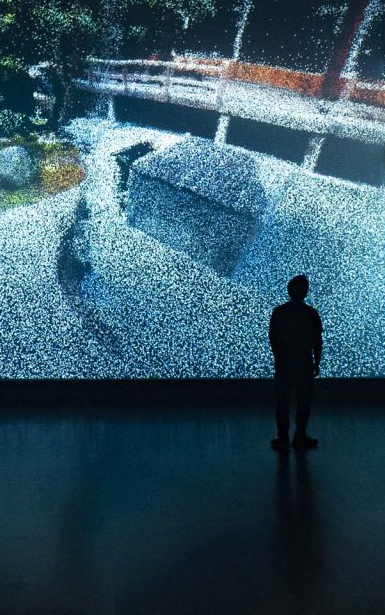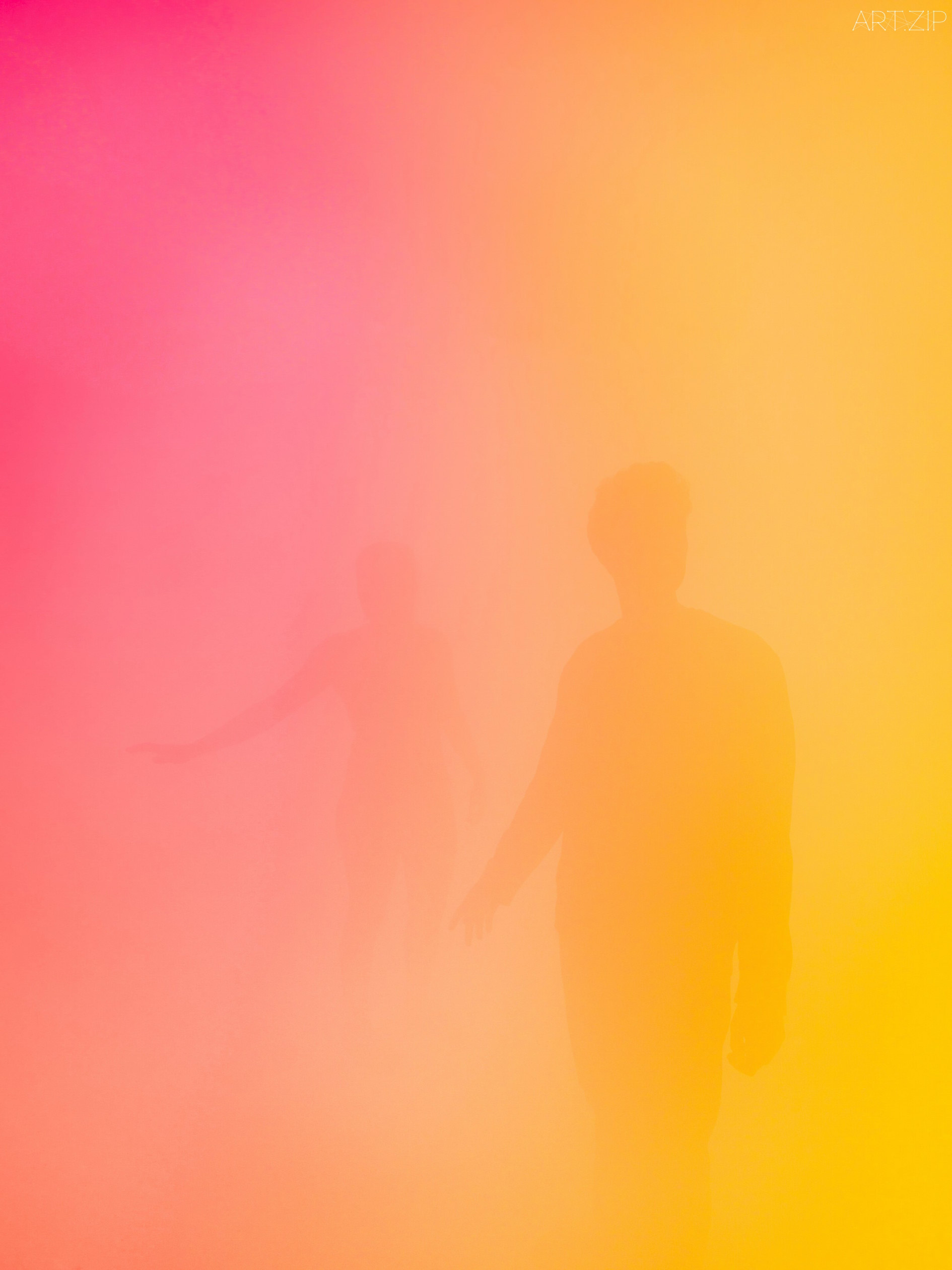CLOUDS ARCHITECTURE OFFICE
AVATAR X Lab
Il progetto è una partnership tra ANA Holdings Inc. e Japan Aerospace Exploration Agency (JAXA); una parte di AVATAR X, un programma collaborativo per il progresso dell’esplorazione e dello sviluppo dello spazio. ANA e JAXA sono entrambe esperte nel lanciare veicoli nell’atmosfera, la sensazione di sospensione o di “essere nell’aria” è naturale per entrambe le entità. L’AVATAR X Lab Building è progettato come un edificio sospeso che galleggia sopra un cratere simile alla luna. La struttura a più piani galleggia a diciotto metri sopra il fondo del cratere ed è accessibile da un ponte. Quando gli astronauti salgono a bordo di un veicolo spaziale attraversano un ponte; quando saliamo a bordo di un aereo, attraversiamo un ponte a reazione tra il terminal e l’aereo. Questo è il nostro ultimo contatto con un terreno familiare prima di partire per un posto nuovo. L’edificio sospeso incarna questo varco di soglie: dopo aver superato il ponte si viene trasportati in un nuovo luogo, l’AVATAR X Lab Building, dove l’innovazione tecnologica cambierà il modo in cui vediamo il mondo.
